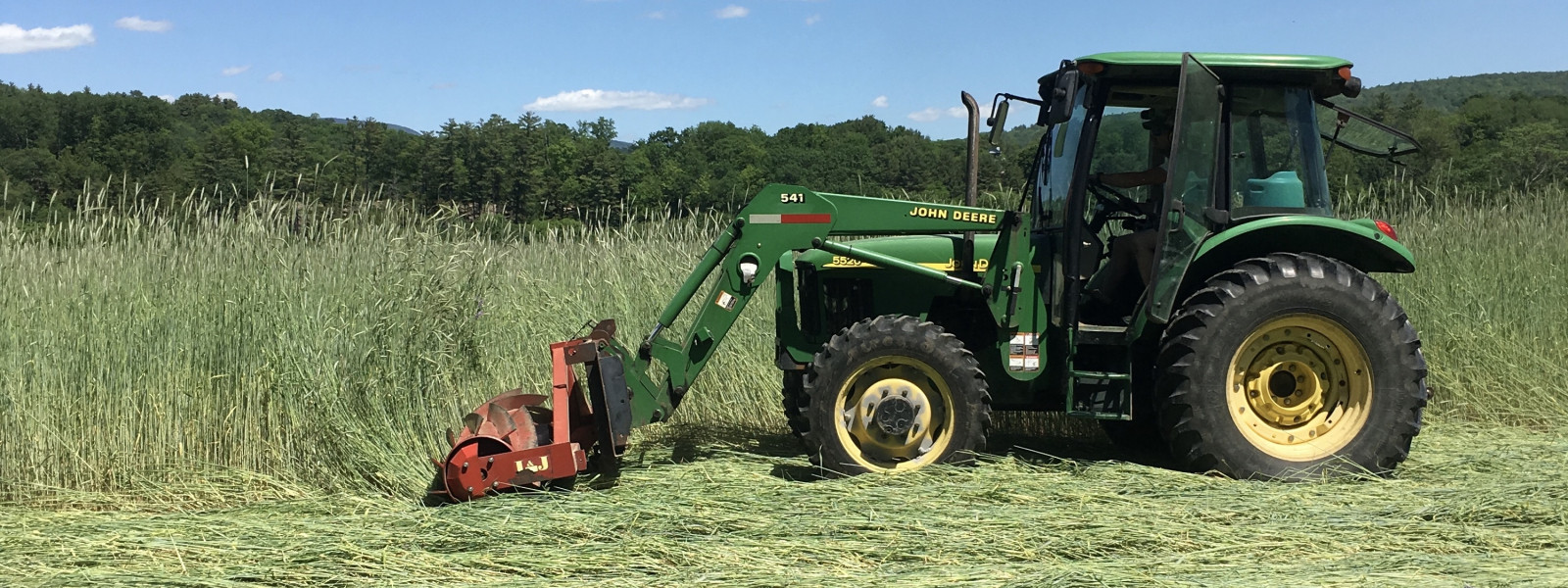Soil Is Alive, So Let’s Keep it Healthy!
If you were asked to list each living component of your own backyard, would you consider soil to be one of them? Though you may not have realized it, soil is alive and teeming with organisms such as fungi, bacteria, earthworms, and arthropods—just one teaspoon of soil holds more microbes than there are people on Earth! It captures essential nutrients for plant life (including nitrogen, phosphorus, and sulfur), filters and retains rainwater, and sequesters carbon, among other important functions.
Healthy soil is much more than just the non-living particles of dirt that you find under your nails. It is composed of five things: minerals of different sizes, organic matter, living organisms, gas, and water. Each of these components can be enhanced by our methods of interaction, but their health can also be hindered. Here at Cedar Circle, we are conscious of tilling on especially wet or heavy soil as it can create compaction, which limits nutrient cycling and the available habitat space. We also make an effort to rotate our crops, as growing the same crops on the same land for successive years can reduce the diversity of microorganisms living in the soil and again, decreases nutrient cycling. These methods of caring for our soil are designed to build up its natural properties to sustain life in the long-term.
In your own life, you may consider making a few changes to support the soil life around you. If you’re a home gardener, you can prioritize diversity in your garden to support your below ground ecosystem, which will also provide a longer season of habitat for pollinators, insects, and birds. If you’re interested in gardening but don’t have the time or space to keep up your own, consider lending a hand to a neighbor who grows food in their yard or volunteer on a local farm! You can make an effort to choose cleaning supplies that are good for both you and for the planet, and generally try to avoid harsh chemicals that can reduce microorganism populations in the soil. You could attend a farmer’s market or stop by your local farms to ask questions about the farming practices behind the food you purchase and eat, to make sure that the methods used align with your values around environmental protection.
Each of these actions ensures the ongoing viability of our soils to produce food and sustain biodiversity, which can help to protect the future of our planet.







